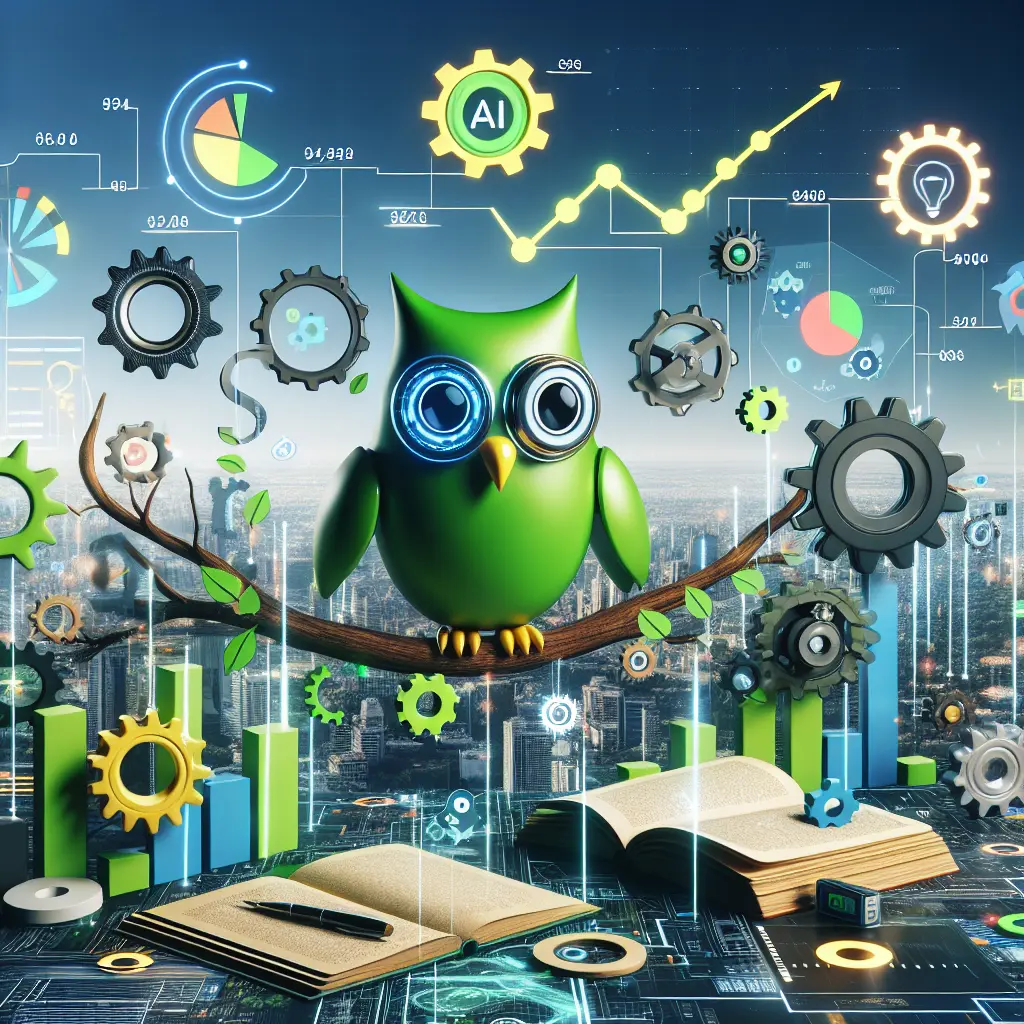In our increasingly globalized world, the ability to learn languages quickly is not just a luxury but a necessity for professionals and enthusiasts alike. Accelerated language learning has emerged as a game-changer, offering a pathway to fluency faster than ever before. At the heart of this approach lies the power of immersion techniques, which leverage immersive learning environments to foster rapid language acquisition. By fully engaging with the target language, learners experience firsthand the profound benefits of language immersion that traditional methods often overlook.
In today's rapidly evolving global landscape, the demand for accelerated language learning has never been higher. Professionals and language enthusiasts alike are seeking innovative methods to achieve language fluency swiftly. At the forefront of this evolution are immersion techniques, which have proven to be highly effective in facilitating rapid language acquisition. By leveraging immersive learning environments, learners can engage deeply with their target language, experiencing the full breadth of language immersion benefits that traditional methods often overlook.
Immersive language learning strategies are rooted in the natural ways we acquire languages, echoing the process of first language acquisition. Unlike conventional approaches that rely heavily on memorization and grammar drills, immersion focuses on real-world interactions and contextual understanding. This method provides a holistic language acquisition experience, where learners are surrounded by native speakers, cultural nuances, and practical usage scenarios. Such an environment accelerates comprehension and retention, making it an ideal strategy for those looking to learn languages quickly.
A recent study published in the Journal of Language Acquisition highlights the effectiveness of immersion programs. The study found that learners engaged in immersion techniques demonstrated a 30% faster increase in language fluency compared to those using traditional methods (source: Journal of Language Acquisition). This underscores the potential of immersion as a catalyst for fast language learning.
One notable example is Coursera's integration of Generative AI (GenAI) into its language courses. By utilizing AI-driven tools, Coursera has enhanced its immersive learning environments, providing personalized feedback and adapting course materials to meet individual learner needs (source: Explore Coursera's GenAI Integration). This innovation not only makes learning more efficient but also aligns with the latest advancements in educational technology.
Innovative Tools and Techniques for Enhanced Learning
Similarly, AWS has highlighted the importance of agility in implementing GenAI strategies, which can be directly applied to language learning frameworks. By maintaining flexibility and responsiveness in their educational offerings, institutions can optimize their programs for rapid language acquisition (source: Discover AWS's GenAI Strategy).
As we delve deeper into the digital age, technological advancements continue to shape how we approach language learning. For instance, EdTech platforms are increasingly incorporating AI technologies such as LLMs (Large Language Models) to provide immersive learning experiences. These models can simulate conversational exchanges with native speakers, offering learners a practical way to practice their skills in real-time (source: LLM Quantization Guide).
Furthermore, the use of knowledge graphs in language programs allows learners to explore complex language structures through interconnected nodes and relationships. This method promotes a deeper understanding of language intricacies and supports effective learning by visualizing connections between words and concepts (source: Understanding Knowledge Graphs).
While the benefits of immersion techniques are significant, they are not without challenges. One common hurdle is maintaining learner motivation and engagement over time. To address this, educators can incorporate elements such as gamification and interactive content that make the learning process more engaging and enjoyable.
Overcoming Challenges in Language Learning
Additionally, offering flexible learning options can cater to diverse learner needs. For example, remote immersion programs allow learners to participate in virtual exchanges with native speakers from around the world, providing the same immersive experience without the need for physical relocation.
For those seeking to embrace these transformative strategies, here are some practical language learning tips:
Engage with Native Content: Consume media such as films, podcasts, and books in your target language to enhance exposure and comprehension.
Join Language Exchange Communities: Platforms like Tandem or HelloTalk connect you with native speakers for real-time practice.
Set Clear Goals: Define specific milestones to track your progress and maintain motivation.
Utilize AI Tools: Leverage AI-driven platforms that offer personalized learning paths tailored to your strengths and weaknesses.
Immerse Yourself Culturally: Understanding cultural contexts enriches your language skills and helps you communicate more effectively.
The journey toward accelerated language learning is increasingly defined by innovative immersion techniques. By embracing these methods, learners can achieve fluency more rapidly and effectively than with traditional approaches. Here's a recap of the most pivotal points:








Leave a Comment